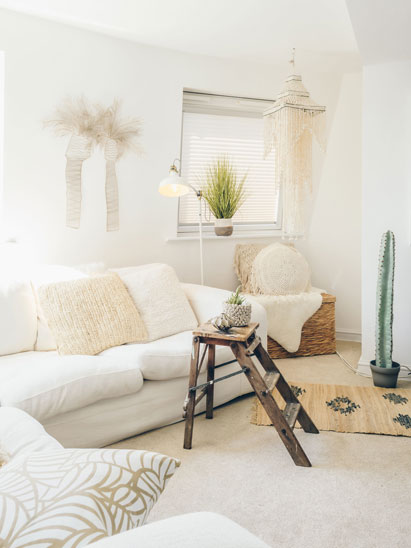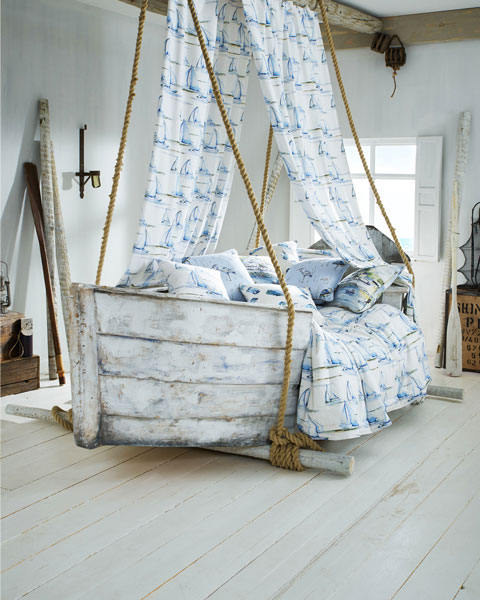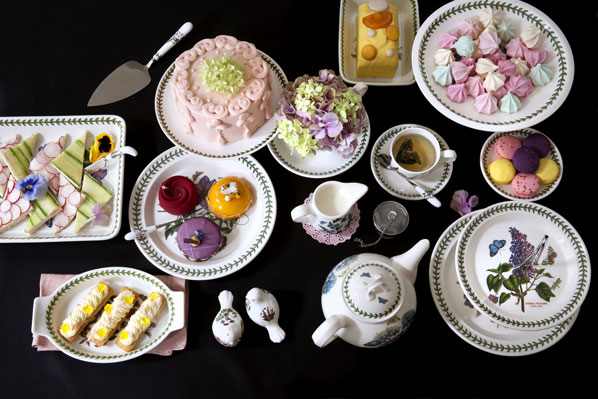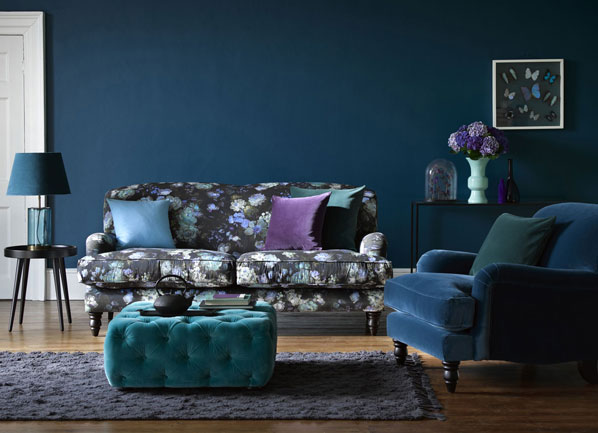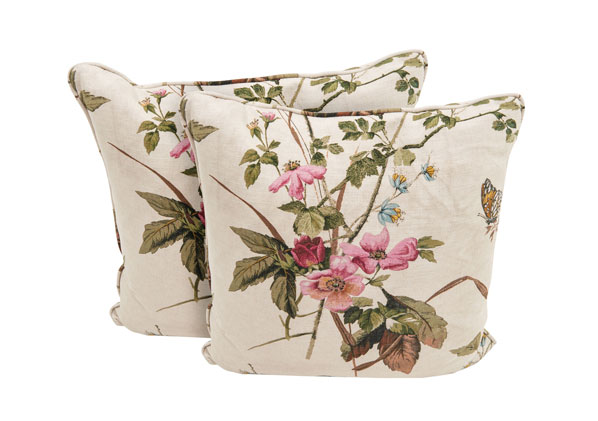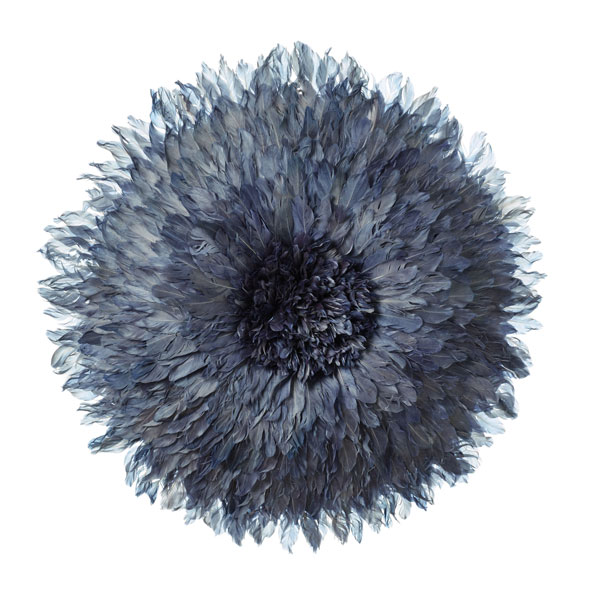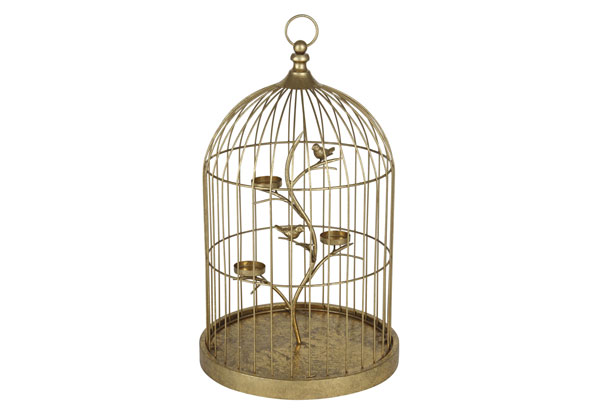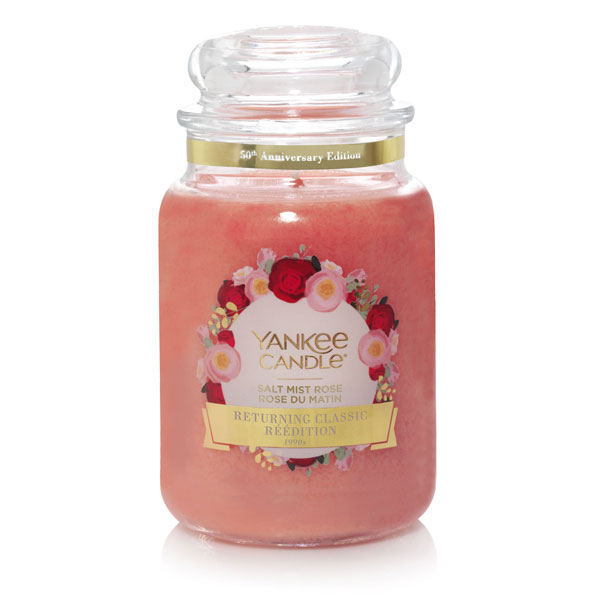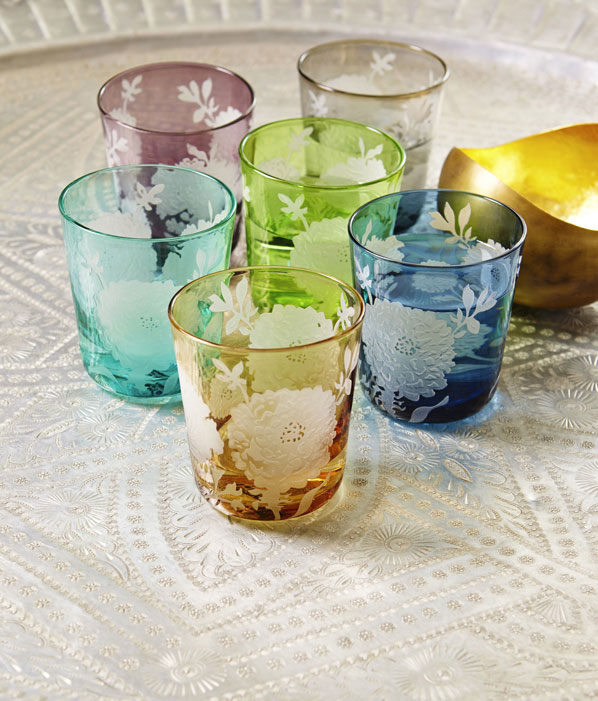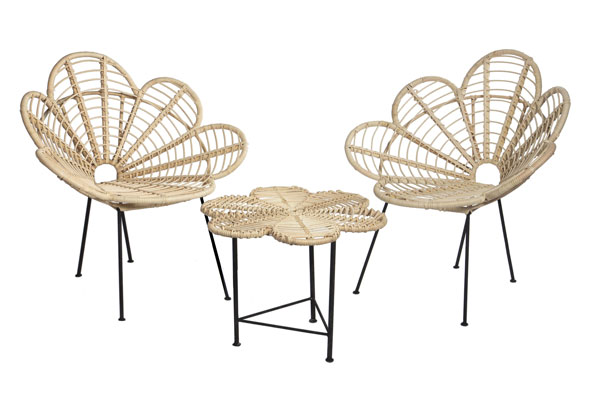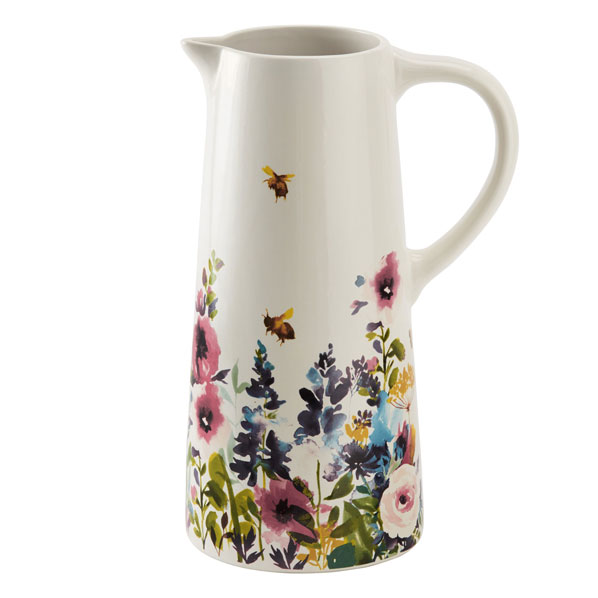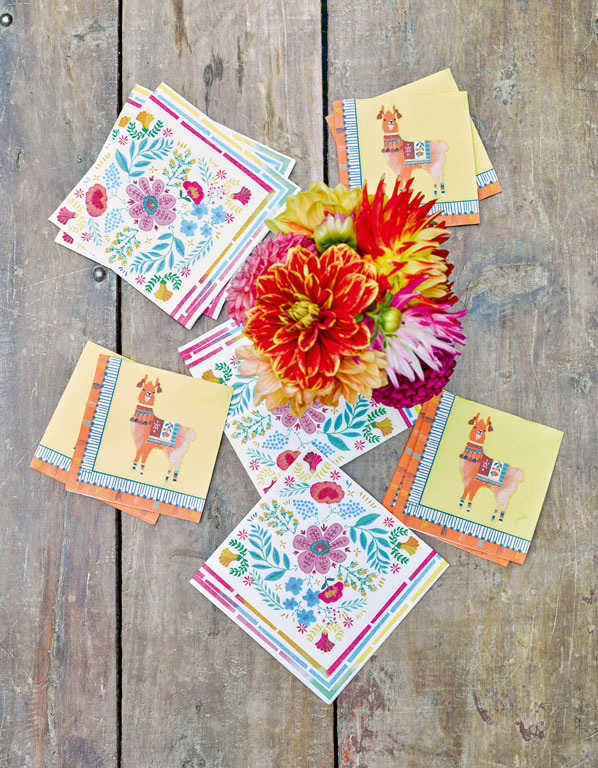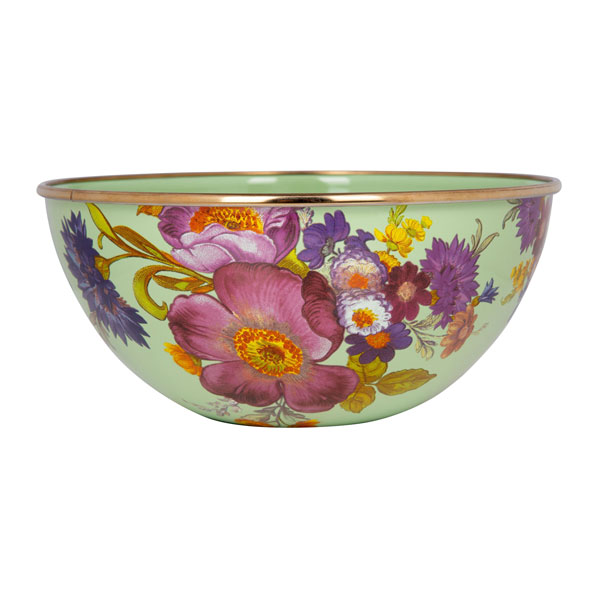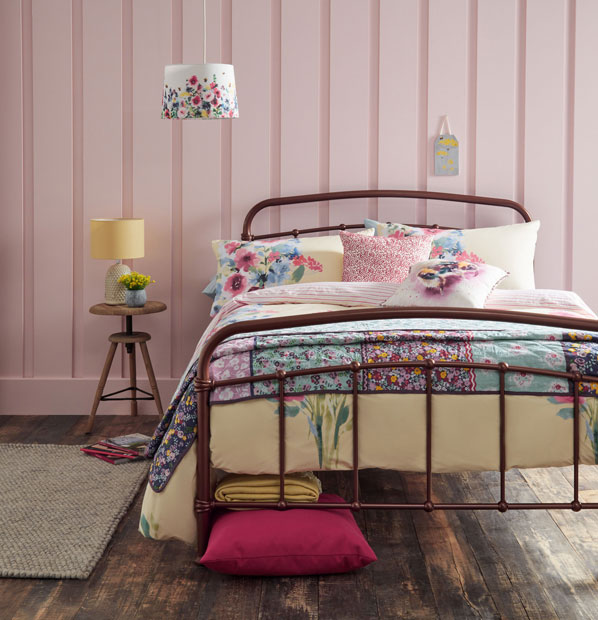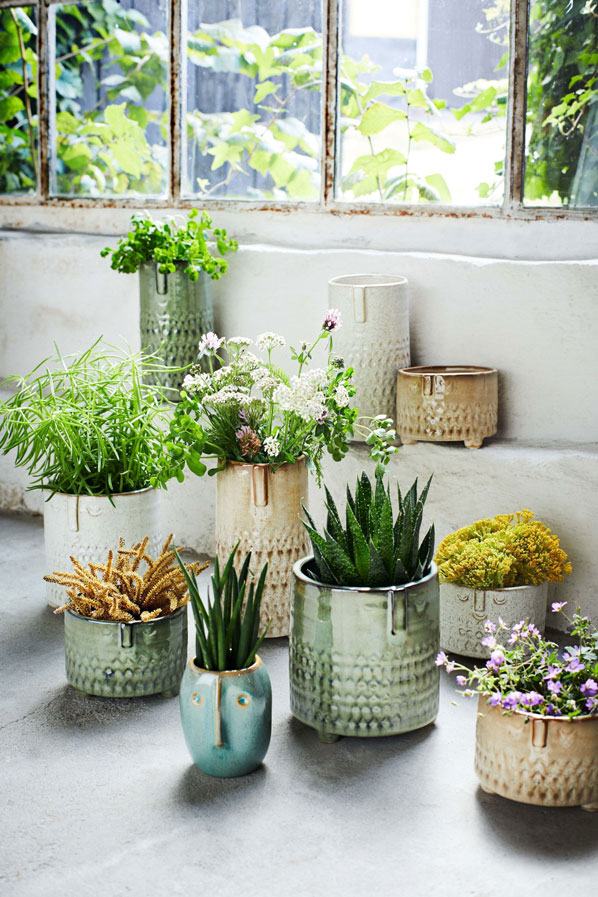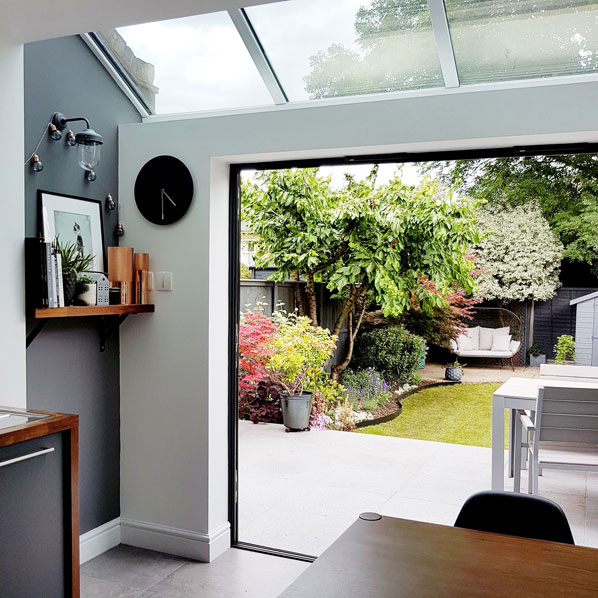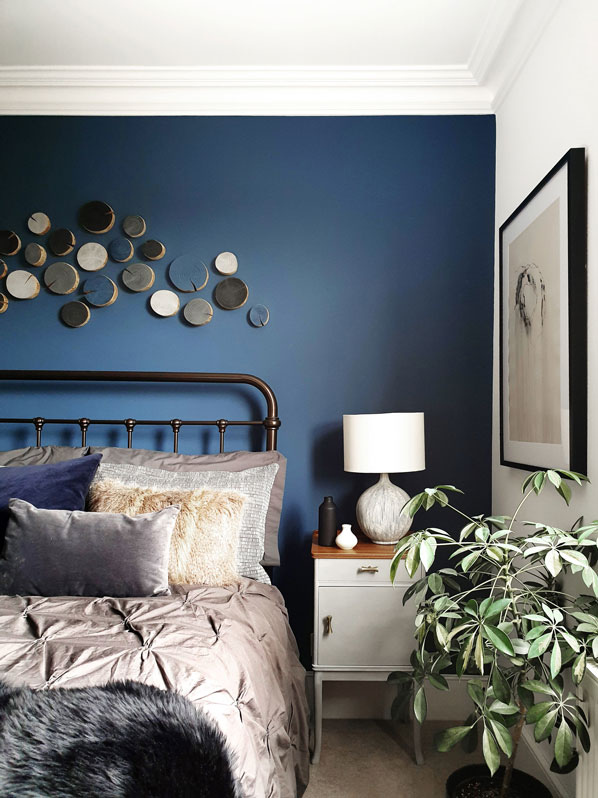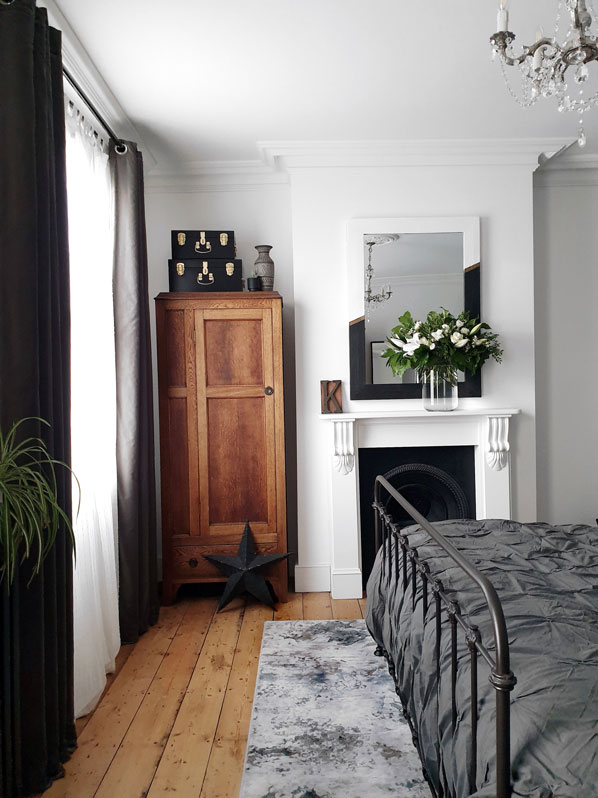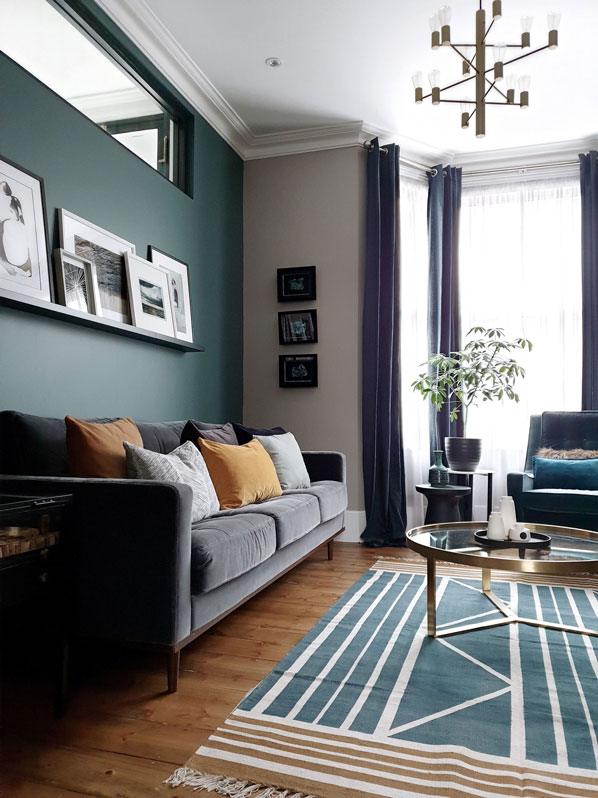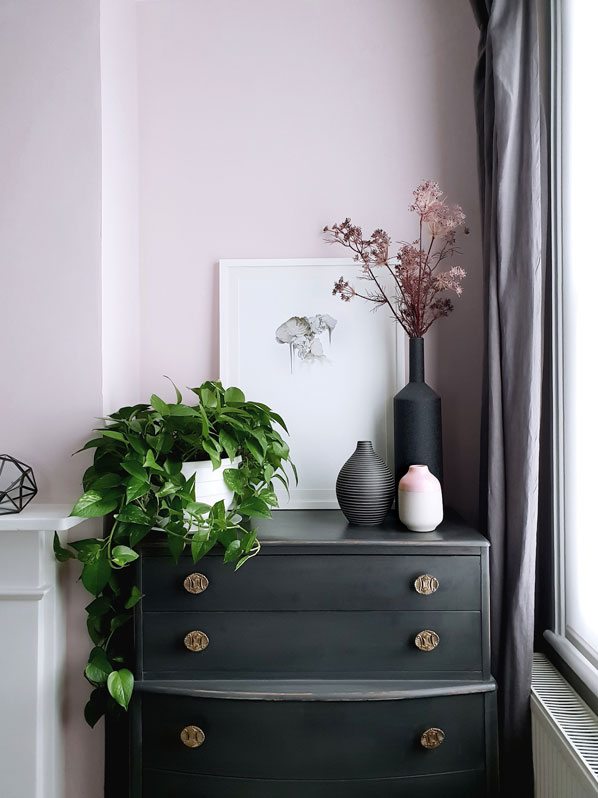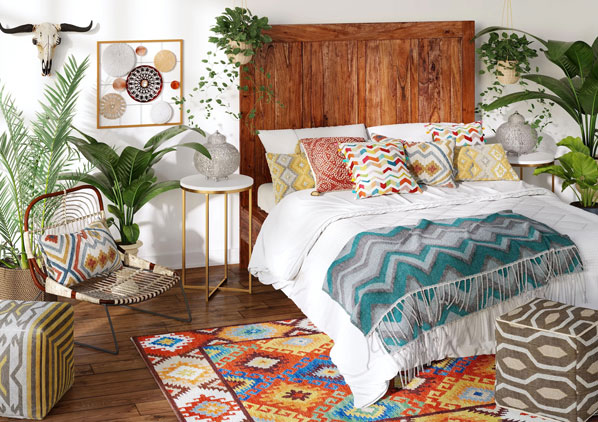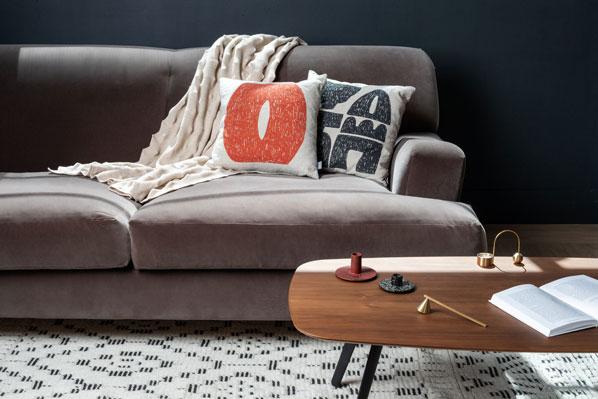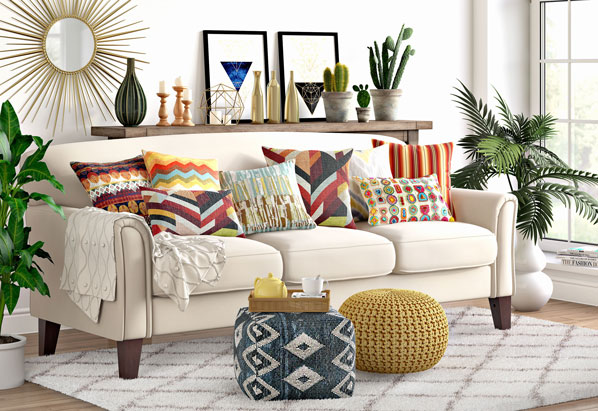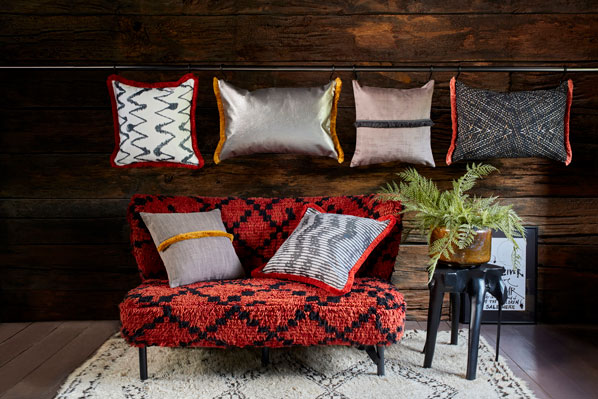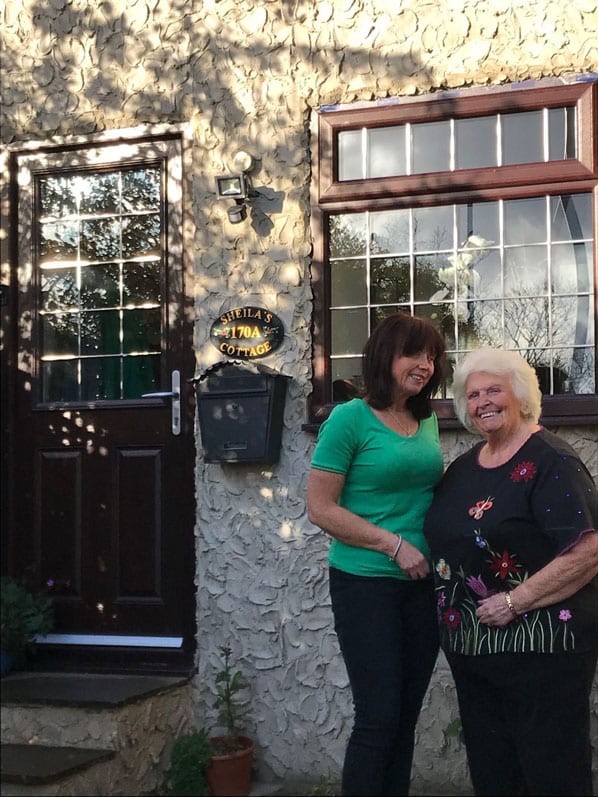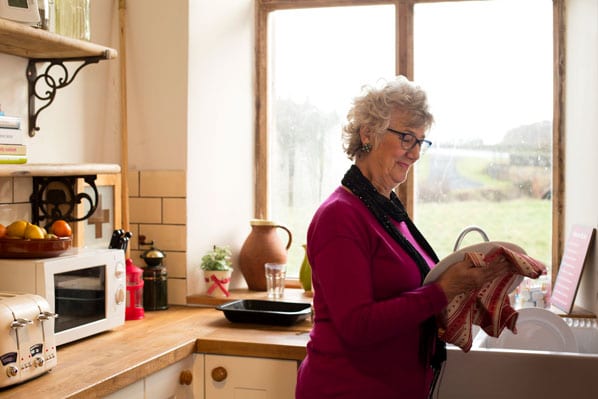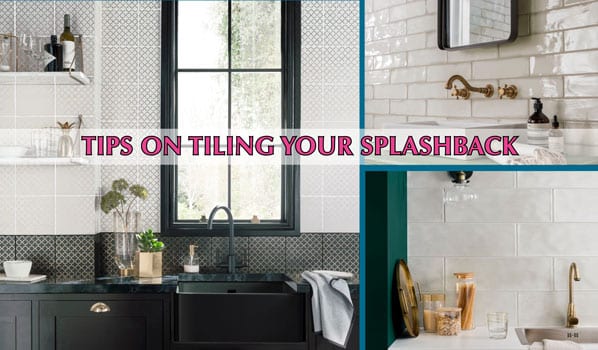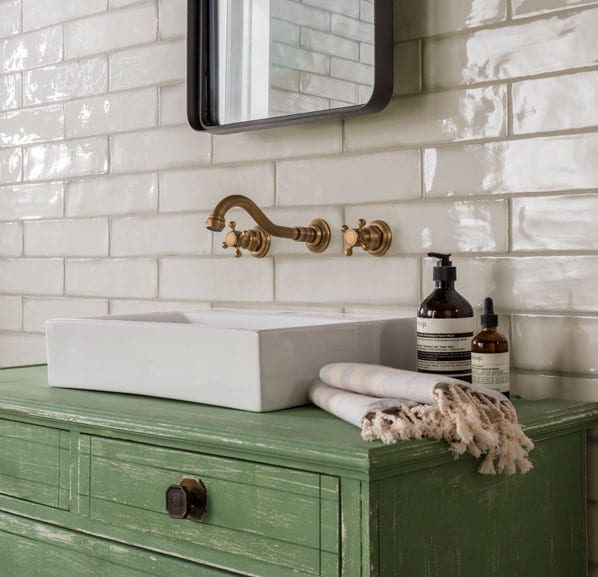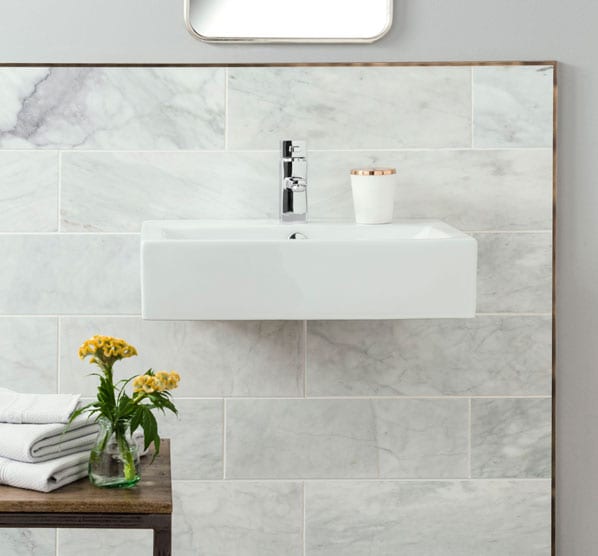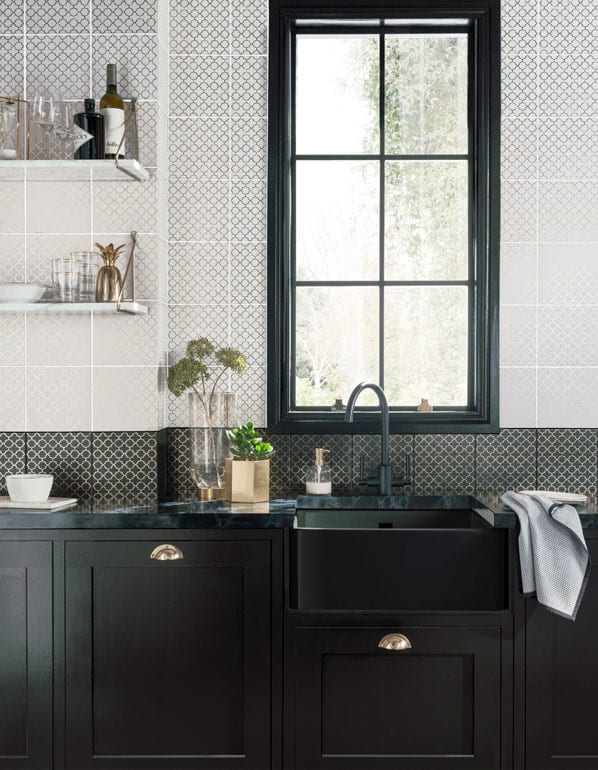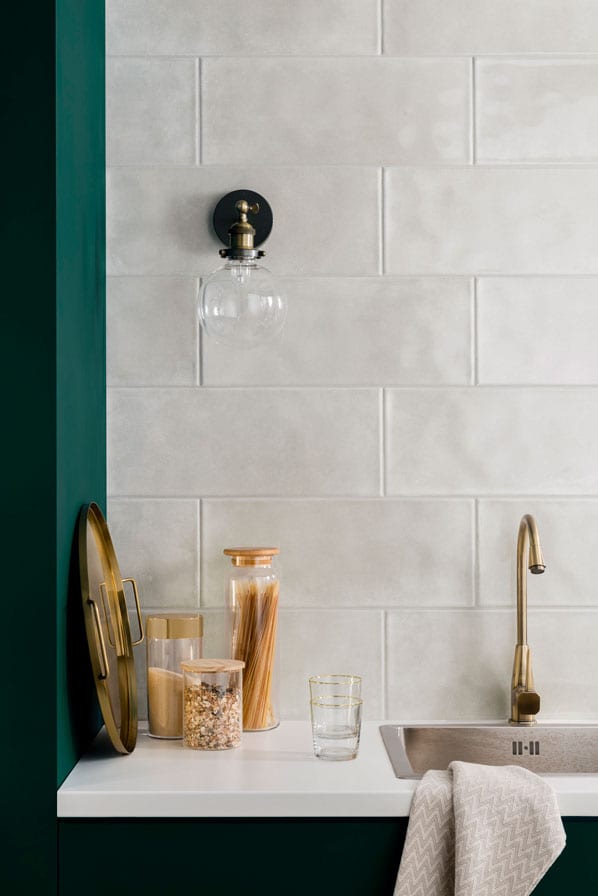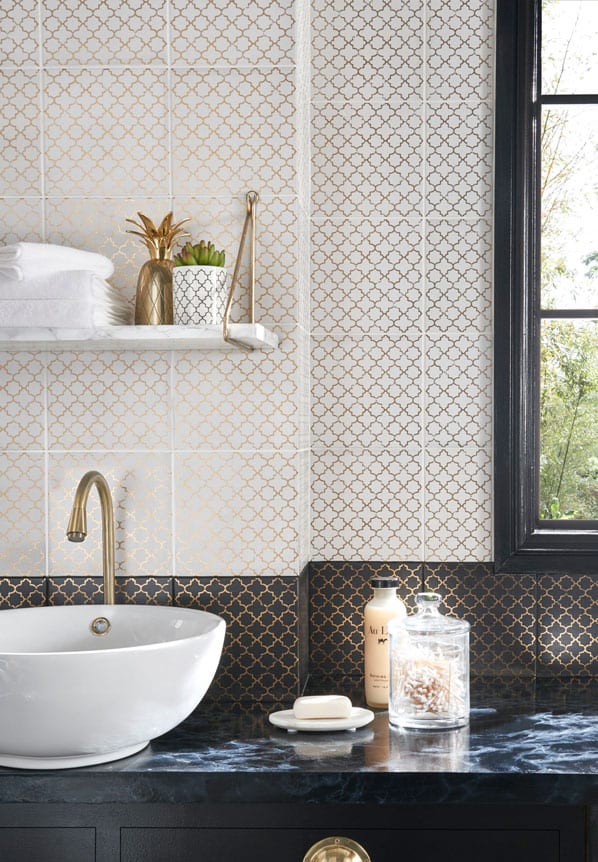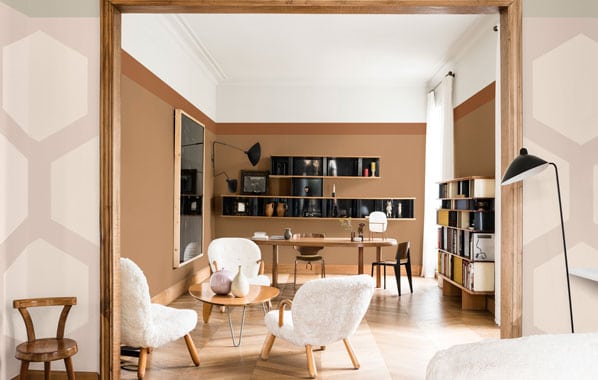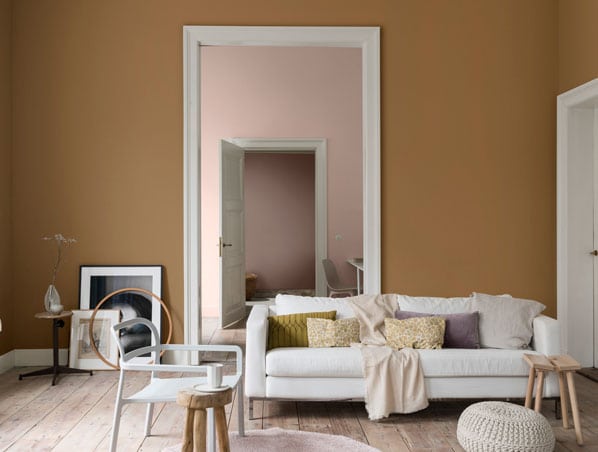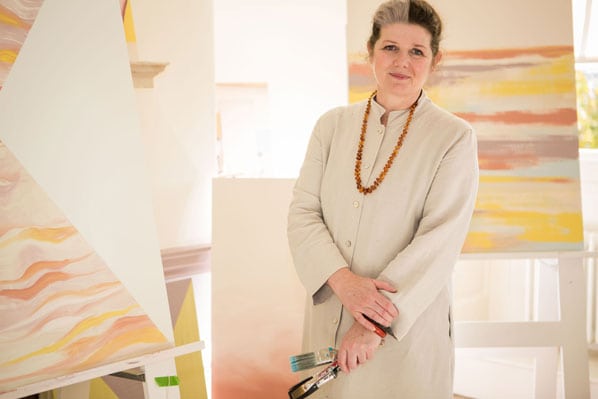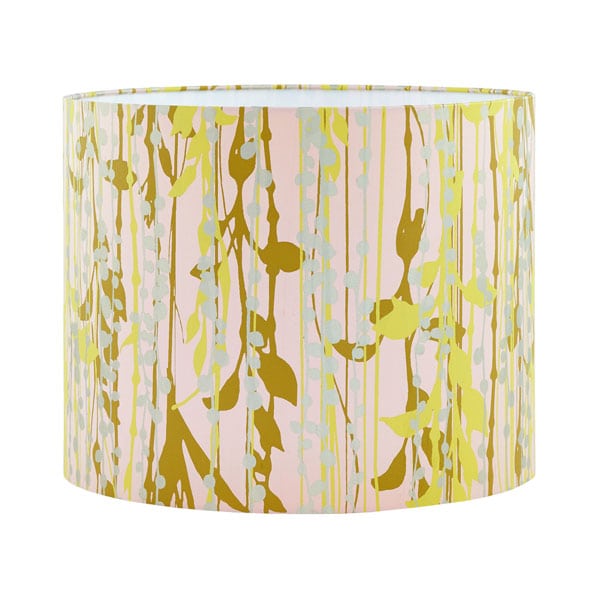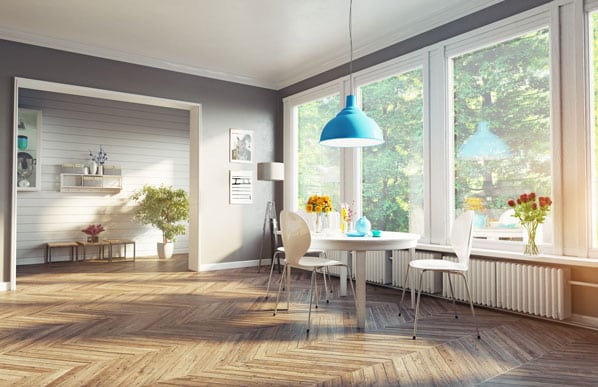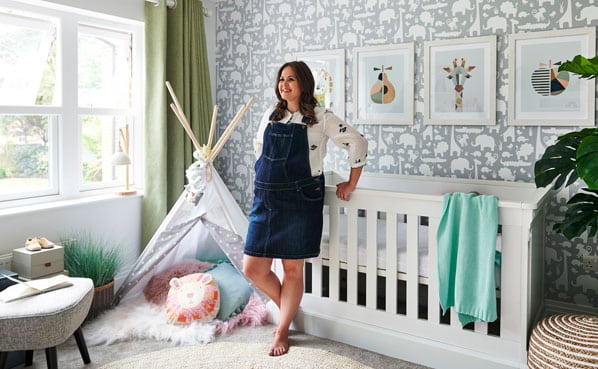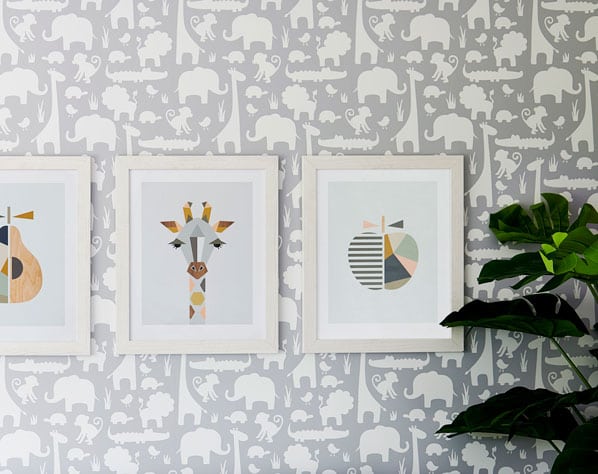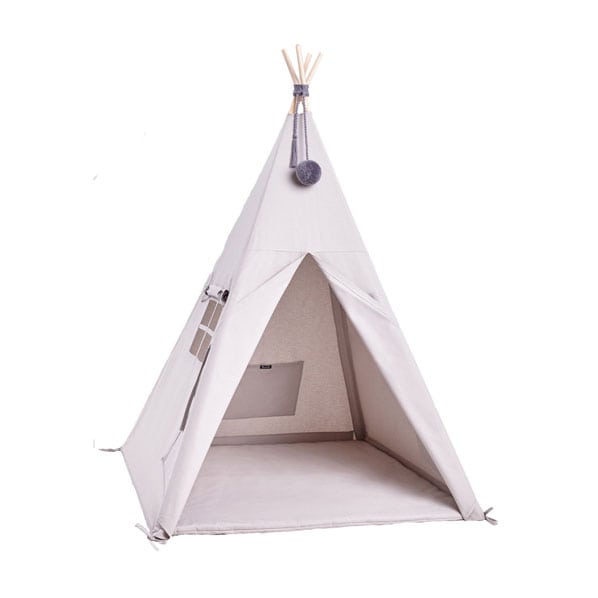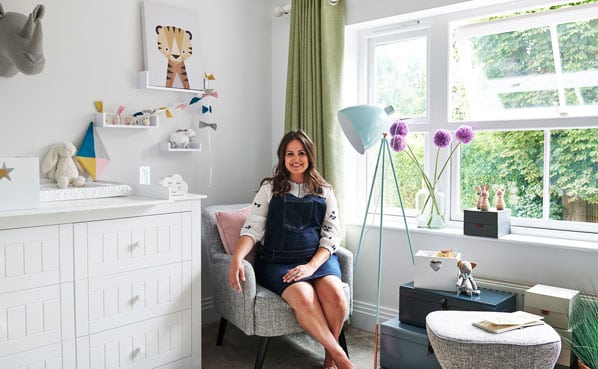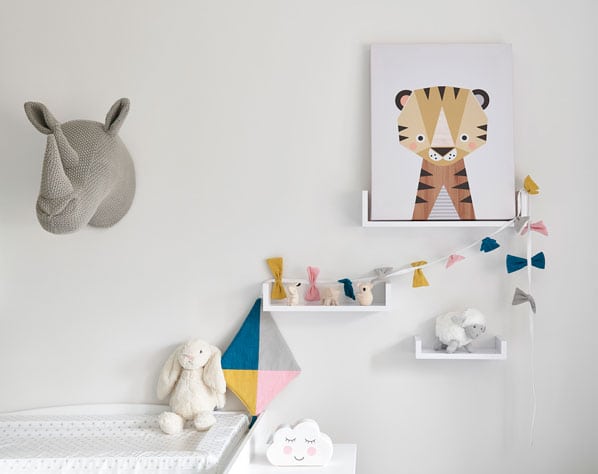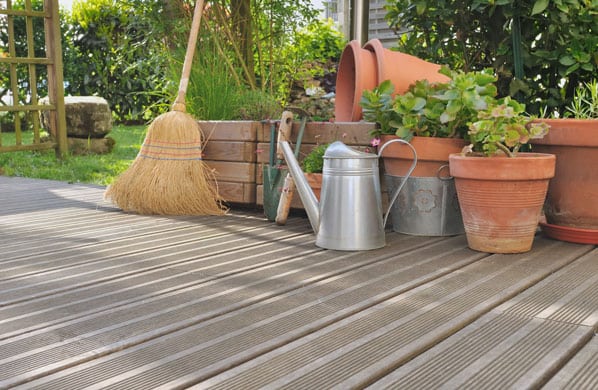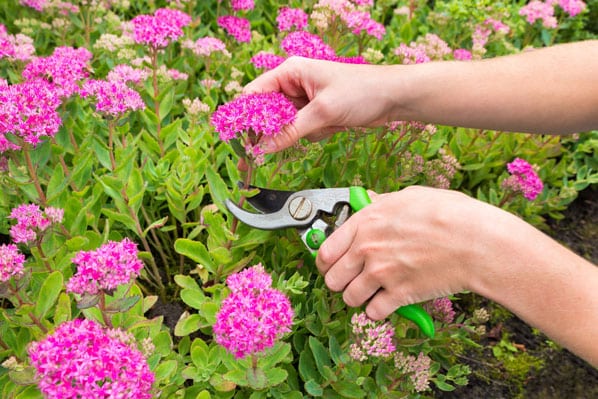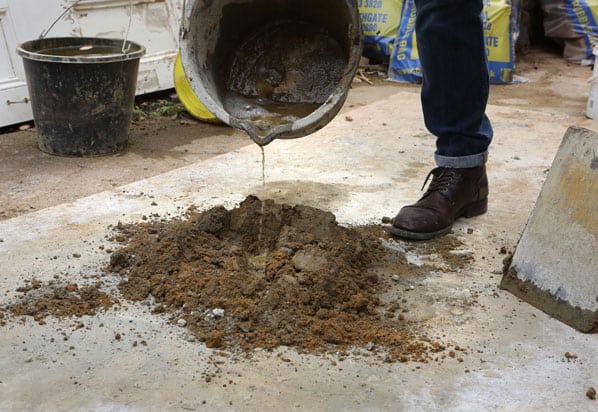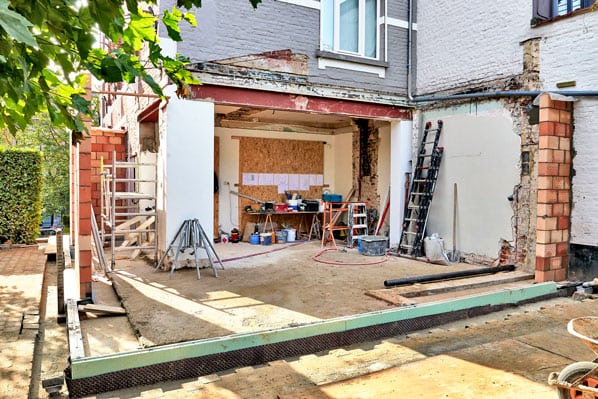Ride decor's most enduring wave and conjure a cool coastal sanctuary. Gabrielle Fagan channels her inner beachcomber to source beautiful beachy buys.
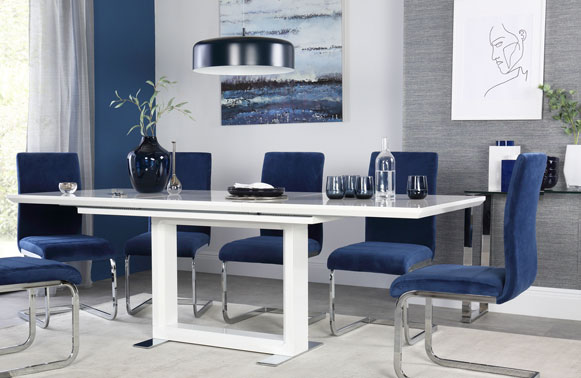
The decor tide has come in, and brought with it one of our favourite ever looks – seaside style.
Evoking a serene landscape of sandy beaches and blue water in your home will transport you to a shoreside idyll in no time, no matter where you live.
“Coastal style’s a hugely popular theme that comes in year after year with the predictability of the tide,” says Susan White, design director, Hillarys.
“Small wonder, because living by the sea or hearing the splash of waves against rocks can instantly refresh body and soul,” she adds. “It continues to have an enduring influence on interiors, albeit with a different twist each season, which helps it to stay fresh.
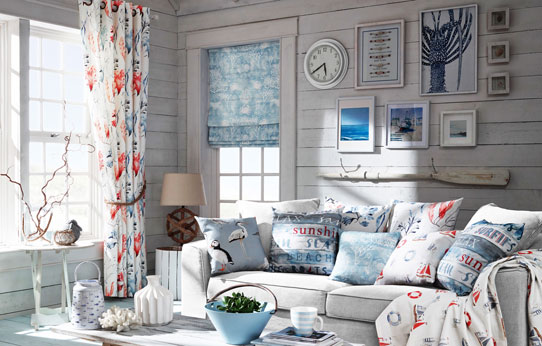
“You can go full-on with seagulls, anchors and statement motifs, or just bring an understated coastal feel to your home. You can simply surf the style, or plunge in with a full-on nautical approach.”
“Pick up on blues by all means but do incorporate natural materials, such as wood and stone. It’s all about reflecting the influence of nature and creating a setting that’s uncluttered, relaxing and somewhere you can escape stress,” says White.
“For a finishing touch, add decorative objects into the mix, such as a dried grasses, chunky throws for texture, and a collection of pebbles or a basket of shells.”
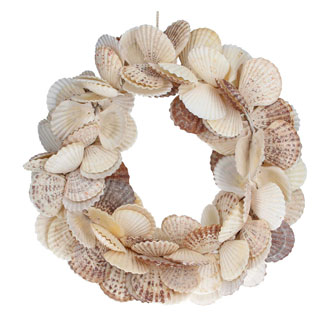
Dive into deep blues
Shades reflecting blue skies and seas are a winning combination, and are on trend this year.
“Choosing the right colour palette is essential in nailing the modern coastal look,” says Becky Snowden, interior style advisor, Furniture Choice.
“It’s all about recreating the zen and relaxation of being by the sea, but while light blue and white are the usual go-to colours, experiment with darker hues like indigo and navy for a 2019 update,” she suggests. “If you prefer neutral white and cream, use that as a base and contrast with rich blue tones to create a calming, ocean-themed vibe.”
TIP: Pick up on deck chair stripes – a traditional choice for a coastal setting. Feature striped cushions in a living area, a rug in a dining room, a simple throw on the bed, or some nautical’ n nice accessories.

Take in sea breezes
“When creating a coastal inspired room, it’s crucial to keep the overall mood light and airy,” says Vanessa Hurley-Perera, chief product officer, Sofa.com.
“Natural finishes like linen and cotton are a great choice for a coastal look, as these textures have a lovely breezy feel about them. Keep things simple by opting for light toned fabrics, and create interest by layering an accent chair or some scatter cushions in a subtle stripe.”
Her colour palette choice is blues muted with a soft grey undertone, complemented by whites and ash grey. “Stripped and varnished or painted floorboards are characteristic of a beach-side sanctuary, but soften the effect with scatter rugs,” she suggests.
TIP: Accessorise with beachcomber style elements and you’ll almost be able to smell the sea. Grasses, weathered woods, pebbles and shells add subtle colour and texture, says Hurley-Perera.
“Replicate seashore finds – a fragment of coral for a paperweight, glass bottle vases, netting for hanging plants. This unexpected highlights will bring your look to life,” says Hurley-Perera, who suggests scenting the air with an ocean-inspired fragrance.
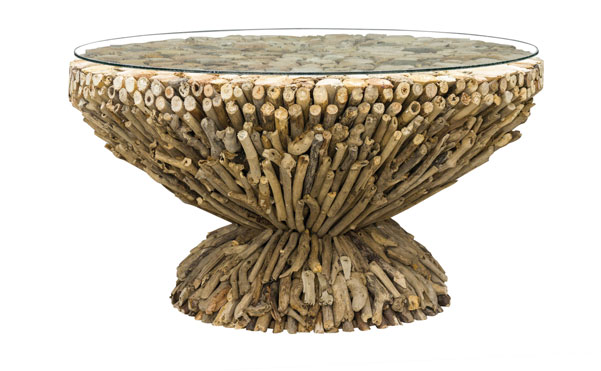
Talk to the sand
For a cool, coastal vibe, pick up on mellow, golden sand shades for a shoreline-inspired setting.
“Colours inspired by sandy, sun-drenched beaches are the newest way to interpret shoreside style,” says Sue Kim, senior colour designer, Valspar.
“These golden hues are the perfect neutrals to transform a home into a relaxing summer escape. As they’re on the warmer end of the colour spectrum their mellow glow will work well even when the sun’s gone down and the light is colder.
“Warm, pink sandy shades are a stylish alternative to creams or yellow,” she adds. “And accents of green, blue or aqua can be all that’s need for a shot of enlivening colour.”
TIP: Rich, deep gold shades will work well on a feature wall, whereas lighter sandy hues won’t overwhelm if used throughout on walls and ceilings. For a more contemporary take, experiment with an ombre effect by blending two colours on a wall. With a level and pencil, draw a line where you want the colours to fade into each other, then brush back and forth or use a sponge to blur the boundary.
